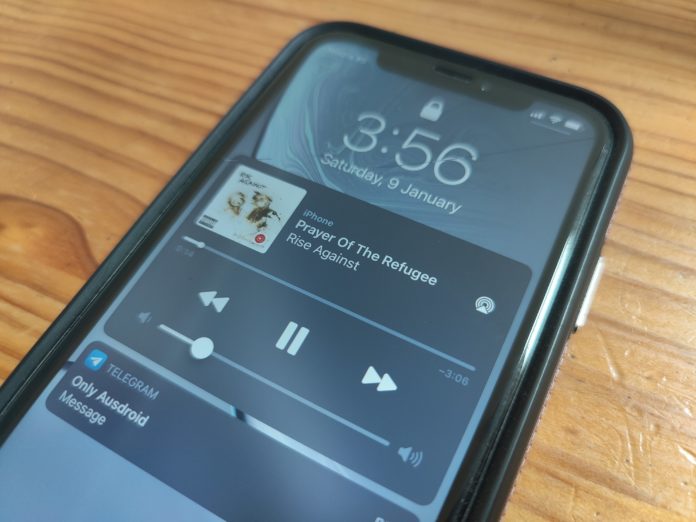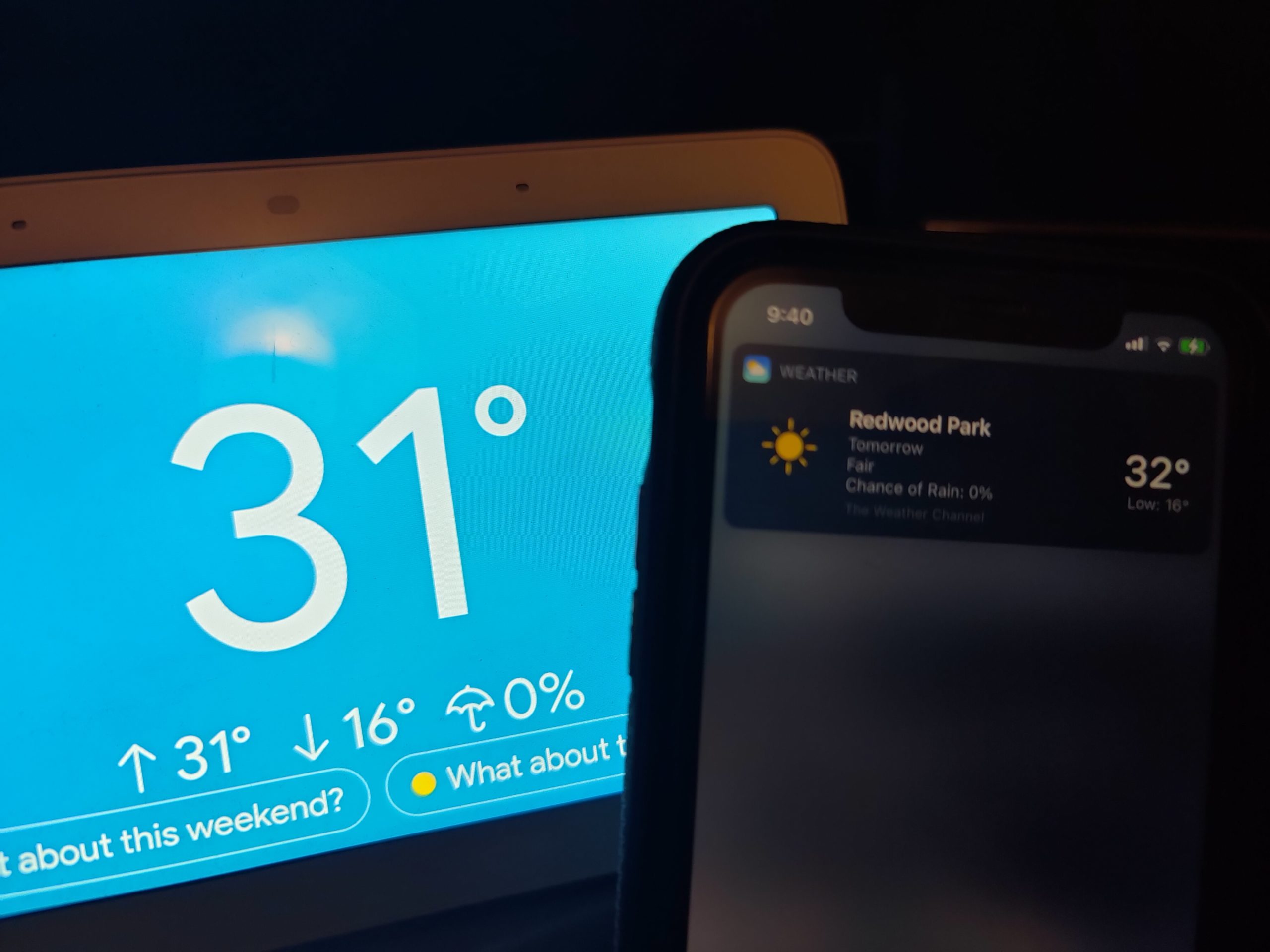So we’re in week three of my experiment in how the other half live and this is starting to feel like a new normal for me. It’s been really interesting (depending on which camp you sit in) some of the analogies I’ve been given for Android Vs iOS. The two I feel fit best are both related to cars with the first being:
- Android is like driving your own car to the airport: It’s your car, set up for you, you like it, you’re happy with it and have full control over how you get to your destination.
- iOS is like grabbing an Uber: It might be a really nice car, you might have a really nice driver and you might be really happy at the end of it. But along the way, you’re not in complete control because you’re not driving. The aircon might be too cold, the route might not be what you’d have chosen or it might just be a beaten up, 15 year old Toyota Corolla. But that doesn’t matter, because regardless of the option you’re dealt, you’ll get to your destination.
The second one I particularly like is a genuine Luxury Car (Android) vs Tesla (iOS). Where for Android you can choose from hundreds of optional extras to tweak every little thing to your liking, or the Tesla where you have 3 models and 5 colours to choose from.
This leads me into the fact that after a bit more time on the iOS platform and being somewhat more familiar generally with the OS, it’s time for a deeper dive into iOS.
Setup, Settings and Software integration
From a very simplistic perspective, the basics of setup are very much parallel to each other across the iOS and Android platforms. The general connectivity (Wi-Fi, Bluetooth and mobile data) is all there, as is the ability to turn your phone into a hotspot with one difference. If you’re invested in the Apple ecosystem, you just need to turn your hotspot on for all of your Apple gear (provided they’re on the same Apple account) to connect.
Much the same can be said of general config for sound, notifications (although there are still aggravations for me here), screen and security setup. I have to say though, that while I’m not a huge fan of face unlock being the primary method without a fingerprint reader present, Apple has delivered a very reliable option.Siri and I – The relationship is a bit rocky
I’ve tried, I really have… I just can’t get my head around changing the default “Hey Google” that comes out of my mouth to “Hey Siri”. I’m also somewhat baffled at times as to how simple things like the weather can be fairly significantly different between the two, in most cases it’s one or two degrees. One day, for some reason, Siri told me it was going to rain when both Google and Alexa clearly told me otherwise.
Ultimately I’ve found this particular change just a bit too much to deal with for a reasonably short term review. If I were starting fresh (ie without 9 Google Assistant driven devices in my home) in terms of smart devices, while I’d be highly unlikely to spend over $2,500.00 on Home Pods to get smart connectivity through my home, I may well consider a different pathway.
Google on iOS
Yeah, you heard me… Google on iOS, it’s a thing! There are a lot of iOS users who use Gmail as their primary email provider and use other services like Google Drive. Honestly, in some respects, the Google apps that are on iOS actually give a better user experience that those on the Android platform. There really isn’t much in it but they just look a touch more polished, they respond a bit quicker and they’re a little easier or “more intuitive” to navigate.
As yet, I’ve not found a single one of Google’s apps that doesn’t give as good, if not a better user experience than the Android apps. I find this very interesting on a couple of fronts, that it’s keeping users on Google’s radar by offering a great experience on Apple’s platform and it also sits with the common theme of new features appearing on iOS before Android.Keychain Vs Google Smart Lock
Both options are quite viable, both options do the job. The difference is — perhaps unsurprisingly — for users who are invested in Apple, Keychain just works. Google Smart Lock is also somewhat cross platform but relies on you using Google’s software eg. Google Chrome for web access.
Some readers may be starting to see a theme in some of my comments; that, which of the options you choose is going to be best chosen to align to your mobile platform.
The App Store
Apps are the core of any mobile device experience; a good range of good quality apps can make the experience. Lacking range or quality will break the experience. So with Apple having such a strong marketplace in the app store and a huge developer network — even coming from the Android Platform — this is a highlight of the iOS experience.
Software Integrations
As a closing point for this weeks dive into iOS is the, frankly outstanding job that Apple has done of integrating other functions into the operating system. Apple Music is just there (although, in my case unused), Apple TV is there, Books and Podcasts are there. The reality is that this isn’t just a mobile OS, iOS is a well-integrated and thought through communication and entertainment platform.
There are some areas where I still feel that Android is the right platform for me in terms of my mobile phone, but iOS has certainly made an impression on me in the last three weeks. In the next, and final instalment of my iOS experiment, I’ll be answering some of the questions posed to me through the last few weeks and closing out some thoughts on the experience.














So which android are we comparing this to as to be honest I’m getting fed up with my iPhone…. I like what google offers
I’m comparing the OS.
It’s far too difficult, not to mention an unfair comparison, to compare something like the Oppo Find X2 Pro to an iPhone XR.
This is far more about the software experience.
I’m getting more frustrated with the complete lack of customisation. Notification sounds is a big issue, but you can’t configuration a way to dismiss a notification by side swiping the initial popup, so it’ll sit in the notification centre until you interact with it there. There is no way to set your default music app either. Hey Siri will only ever check Apple music unless you awkwardly add “on Spotify” to the end of every request. The inability to configure the launcher is also annoying. I want a single mostly empty screen with my main used apps in a row… Read more »
The whole experience on iOS has many benefits and functionality. It is just a shame that customisability is restricted due and functionality compromised by some of their hardware choices.
Default iOS mail app still the best one I’ve used on any platform. Likewise with the Music app. Don’t even get me started on haptic feedback/vibration motor…